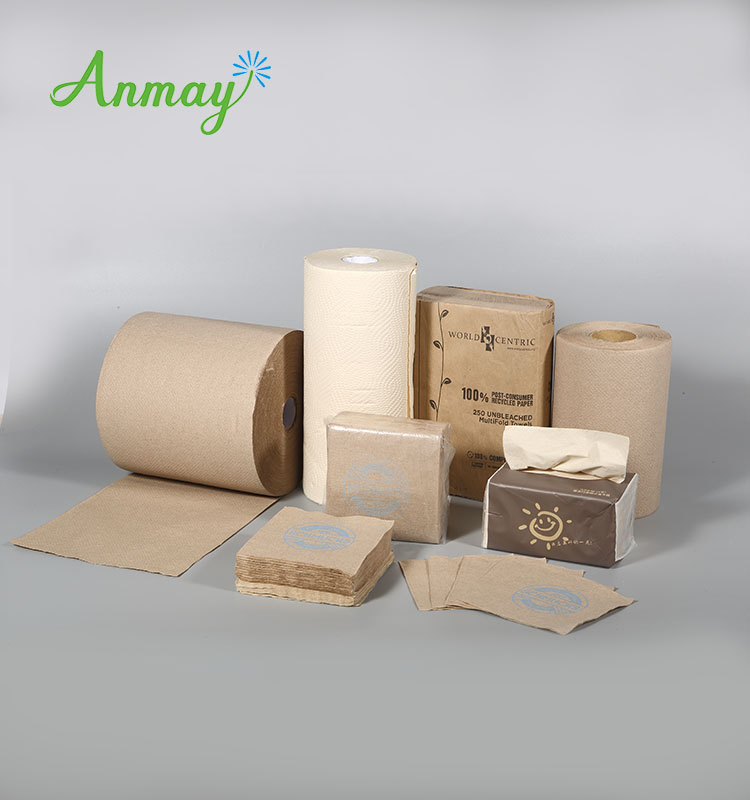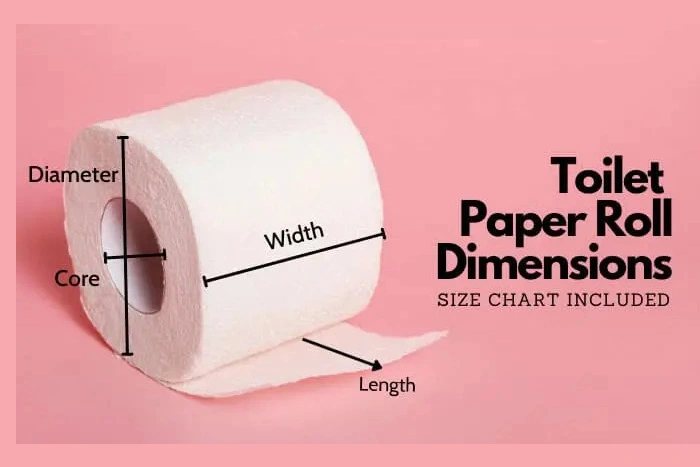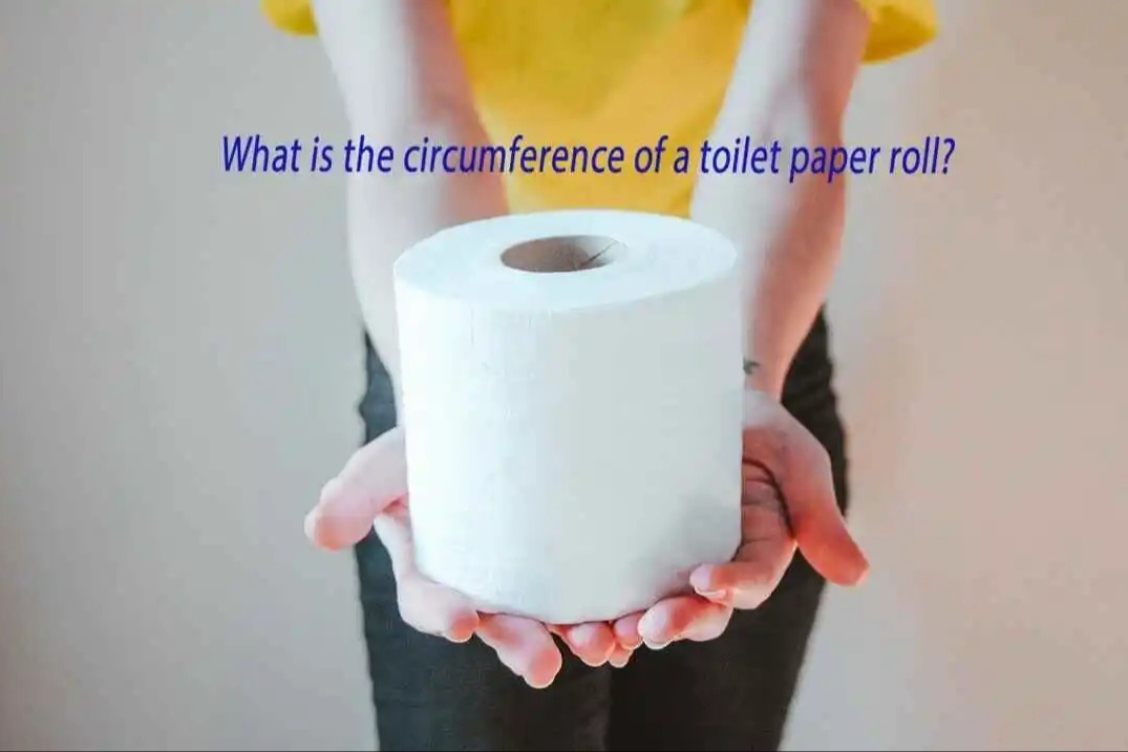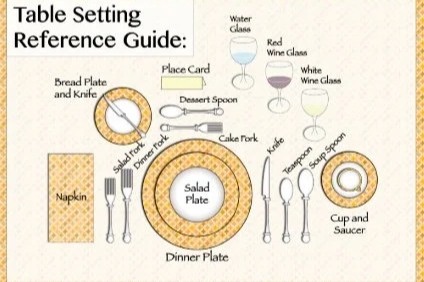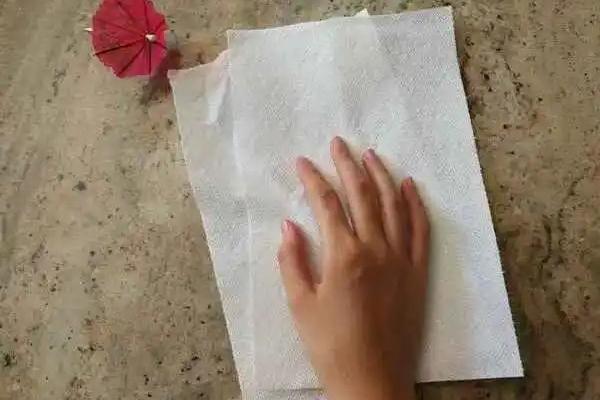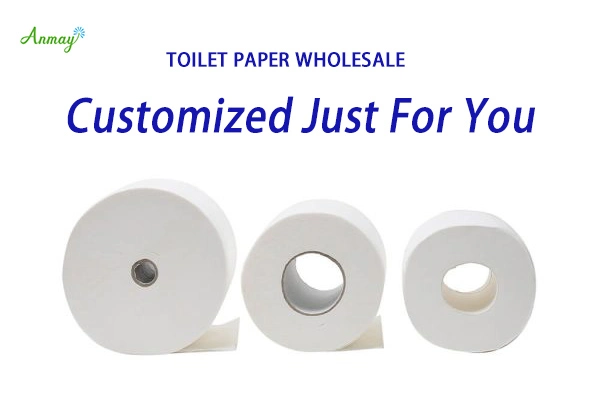Brown napkin (brown serviettes) are becoming increasingly popular as people in today’s environmentally conscious world seek ways to reduce their carbon footprint and make more sustainable choices. While many people opt for paper napkins, there is a growing trend towards using compostable or biodegradable options, particularly those made from brown paper. In this article, we will explore the biodegradability of brown napkin and why they may be a better choice for the environment.
What are Compostable Napkins?
Compostable napkins are made from materials that can break down into natural elements in a composting environment. This means that they can be added to a compost pile or bin and will eventually turn into nutrient-rich soil. Compostable napkins are typically made from plant-based materials such as bamboo, sugarcane, or recycled paper. They are also free from chemicals and dyes, making them a more eco-friendly option.
Green Napkins vs. Brown Napkins
Green napkins are often marketed as being environmentally friendly, but the truth is that not all green napkins are created equal. Some green napkins may be made from recycled materials, but they may still contain chemicals and dyes that can be harmful to the environment. On the other hand, brown napkins are typically made from unbleached, recycled paper and are free from harmful chemicals. This makes them a more sustainable and biodegradable option.
Are Brown Napkin Biodegradable?
Brown napkins are indeed biodegradable, representing a sustainable choice for eco-conscious consumers. Typically crafted from unbleached, recycled paper, brown napkins are free from harmful chemicals and dyes, making them a natural and environmentally friendly option. When disposed of, these napkins break down into organic matter, contributing to healthier soil and reducing waste in landfills. Their biodegradability makes them an ideal choice for individuals, restaurants, and businesses seeking to minimize their environmental impact. Not only do napkin brown offer practicality and convenience, but they also align with a commitment to sustainability. By choosing biodegradable brown napkins over traditional paper napkins, consumers can actively support a greener future.
Benefits of Using Brown paper Napkins
When it comes to disposing of brown napkins, the best option is to add them to a compost pile or bin. If you do not have access to a composting facility, you can also dispose of them in your regular trash. However, it is important to note that they will not break down in a landfill environment and will contribute to the buildup of waste. Therefore, composting is the most environmentally friendly option.
Conclusion
In conclusion, napkin brown are a biodegradable and sustainable option for those looking to reduce their environmental impact. They are made from recycled materials, free from harmful chemicals, and can be easily disposed of in a composting environment. By choosing brown napkins over traditional paper napkins, you can make a small but significant difference in promoting a more eco-friendly lifestyle.

